A corner of Tay Ninh city center. Photo by Hong Tham
Based on the 6 criteria set out, on: natural area; population size; history, tradition, culture, ethnicity; geo-economics; geopolitics; national defense, security and orientation of the Politburo, the Secretariat in Conclusion No. 127-KL/TW dated February 28, 2025, Conclusion No. 130-KL/TW dated March 14, 2025 and Conclusion No. 137-KL/TW dated March 28, 2025, the Government has carefully and multi-dimensionally researched with innovative thinking and strategic vision to develop a plan to arrange and merge provincial-level administrative units and submit it to the Politburo and the Central Executive Committee for approval.
Number of provincial administrative units implementing the arrangement
According to the Project on rearranging and reorganizing administrative units at all levels and building a 2-level local government organization model, there are a total of 52 provincial-level administrative units to be rearranged, including: 4 cities: Hai Phong, Ho Chi Minh City, Da Nang, Can Tho and 48 provinces: Ha Nam, Hung Yen, Vinh Phuc, Bac Ninh, Thai Binh, Hai Duong, Nam Dinh, Ninh Binh, Bac Kan, Thai Nguyen, Phu Tho, Bac Giang, Hoa Binh, Tuyen Quang, Lao Cai, Yen Bai, Ha Giang, Ninh Thuan, Quang Tri, Phu Yen, Quang Binh, Quang Ngai, Khanh Hoa, Dak Nong, Tay Ninh, Binh Duong, Binh Thuan, Binh Phuoc, Ba Ria - Vung Tau, Ben Tre, Bac Lieu, Vinh Long, Hau Giang, Tra Vinh, Tien Giang, Soc Trang, Dong Thap, An Giang, Long An, Ca Mau, Quang Nam, Binh Dinh, Dak Lak, Dong Nai, Gia Lai, Kon Tum, Lam Dong and Kien Giang.
Particularly for Cao Bang province, the natural area has not met the regulations (6,700.4 km2, only 83.8% of the standard) but the arrangement has not been implemented because the province has a very long national border with China, complex and rugged mountainous terrain, and nearly 95% of the population are ethnic minorities.
In addition, the bordering provinces are not suitable for arrangement and merger with Cao Bang: The West borders Ha Giang province, which is planned to merge with Tuyen Quang province into a new province with a large natural area. The South borders Bac Kan province, but is planned to merge with Thai Nguyen province. The East borders Lang Son province, which has a large area and has ensured 100% of both standards on area and population size. If Cao Bang and Lang Son provinces are merged, they will form a new province with a large border length, making it difficult to ensure national defense and security.
Specific arrangement plan for 52 provincial administrative units
Merge Ha Giang province and Tuyen Quang province into a new province called Tuyen Quang province, the administrative - political center is located in Tuyen Quang city, Tuyen Quang province today (reduced by 1 province), with a natural area of 13,795.6 km2 and a population of 1,731,600 people.
Merge Lao Cai province and Yen Bai province into a new province called Lao Cai province, the administrative - political center is located in Yen Bai city, Yen Bai province today (reduced by 1 province), with a natural area of 13,257 km2 and a population of 1,656,500 people.
Merge Bac Kan province and Thai Nguyen province into a new province called Thai Nguyen province, the administrative - political center is located in Thai Nguyen city, Thai Nguyen province today (reduced by 1 province), with a natural area of 8,375.3 km2 and a population of 1,694,500 people.
Merge Hoa Binh province, Vinh Phuc province and Phu Tho province to form a new province called Phu Tho province, the administrative - political center is located in Viet Tri city, Phu Tho province today (reducing 2 provinces), with a natural area of 9,361.4 km2 and a population of 3,663,600 people.
Merge Bac Giang province and Bac Ninh province (planned to become a centrally-run city by 2030) into a new province called Bac Ninh province, with the administrative and political center located in Bac Giang city, Bac Giang province today (reduced by 1 province), with a natural area of 4,718.6 km2 and a population of 3,509,100 people.
Merge Thai Binh province and Hung Yen province into a new province called Hung Yen province, the administrative - political center is located in Hung Yen city, Hung Yen province today (reduced by 1 province), with a natural area of 2,514.8 km2 and a population of 3,208,400 people.
Merge Hai Duong province and Hai Phong city into 1 centrally-governed city called Hai Phong city, the administrative - political center is located in Thuy Nguyen city, Hai Phong city today (reduced by 1 province), with a natural area of 3,194.7 km2 and a population of 4,102,700 people.
Merge Ha Nam province, Nam Dinh province and Ninh Binh province (planned to 2030, basically meeting the criteria of a centrally-run city) into a new province called Ninh Binh province, the administrative - political center is located in Hoa Lu city, Ninh Binh province today (reducing 2 provinces), with a natural area of 3,942.6 km2 and a population of 3,818,700 people.
Merge Quang Binh province and Quang Tri province into a new province called Quang Tri province, the administrative - political center is located in Dong Hoi city, Quang Binh province today (reducing 1 province), with a natural area of 12,700 km2 and a population of 1,584,000 people.
Merge Quang Nam province and Da Nang city into 1 centrally-governed city called Da Nang city, the administrative - political center is located in Hai Chau district, Da Nang city today (reduced by 1 province), with a natural area of 11,859.6 km2 and a population of 2,819,900 people.
Merge Kon Tum province and Quang Ngai province into a new province called Quang Ngai province, the administrative - political center is located in Quang Ngai city, Quang Ngai province today (reduced by 1 province) has a natural area of 14,832.6 km2 and a population of 1,861,700 people.
Merge Gia Lai province and Binh Dinh province into a new province called Gia Lai province, the administrative - political center is located in Quy Nhon city, Binh Dinh province today (reducing 1 province), with a natural area of 21,576.5 km2 and a population of 3,153,300 people.
Merge Ninh Thuan province and Khanh Hoa province (planned to become a centrally-run city by 2030) into a new province called Khanh Hoa province, with the administrative and political center located in Nha Trang city, Khanh Hoa province today (reducing 1 province), with a natural area of 8,555.9 km2 and a population of 1,882,000 people.
Merge Dak Nong province, Binh Thuan province and Lam Dong province into a new province called Lam Dong province, the administrative - political center is located in Da Lat city, Lam Dong province today (reducing 2 provinces), with a natural area of 24,233.1 km2 and a population of 3,324,400 people.
Merge Phu Yen province and Dak Lak province into a new province called Dak Lak province, the administrative - political center is located in Buon Ma Thuot city, Dak Lak province today (reduced by 1 province), with a natural area of 18,096.4 km2 and a population of 2,831,300 people.
Merge Ba Ria - Vung Tau province, Binh Duong province and Ho Chi Minh City into 1 centrally-governed city called Ho Chi Minh City, the administrative - political center is located in District 1, Ho Chi Minh City today (reducing 2 provinces), with a natural area of 6,772.6 km2 and a population of 13,608,800 people.
Merge Binh Phuoc province and Dong Nai province into a new province called Dong Nai province, the administrative - political center is located in Bien Hoa city, Dong Nai province today (reduced by 1 province), with a natural area of 12,737.2 km2 and a population of 4,427,700 people.
Merge Tay Ninh province and Long An province into a new province called Tay Ninh province, the administrative - political center is located in Tan An city, Long An province today (reducing 1 province), with a natural area of 8,536.5 km2 and a population of 2,959,000 people.
Merge Soc Trang province, Hau Giang province and Can Tho city into a new centrally-governed city called Can Tho city, the administrative - political center is located in Ninh Kieu district, Can Tho city today (reducing 2 provinces), with a natural area of 6,360.8 km2 and a population of 3,207,000 people.
Merge Ben Tre province, Vinh Long province and Tra Vinh province into a new province called Vinh Long province, the administrative - political center is located in Vinh Long city, Vinh Long province today (reducing 2 provinces), with a natural area of 6,296.2 km2 and a population of 3,367,400 people.
Merge Tien Giang province and Dong Thap province into a new province called Dong Thap province, the administrative - political center is located in My Tho city, Tien Giang province (reducing 1 province), with a natural area of 5,938.7 km2 and a population of 3,397,200 people.
Merge Bac Lieu province and Ca Mau province into a new province called Ca Mau province, the administrative - political center is located in Ca Mau city, Ca Mau province today (reduced by 1 province), with a natural area of 7,942.4 km2 and a population of 2,140,600 people.
Merge Kien Giang province and An Giang province into a new province called An Giang province, the administrative - political center is located in Rach Gia city, Kien Giang province today (reducing 1 province), with a natural area of 9,888.9 km2 and a population of 3,679,200 people.
HT
Source: https://baotayninh.vn/sap-nhap-2-tinh-tay-ninh-va-long-an-thanh-1-tinh-moi-co-ten-goi-la-tinh-tay-ninh-a188851.html


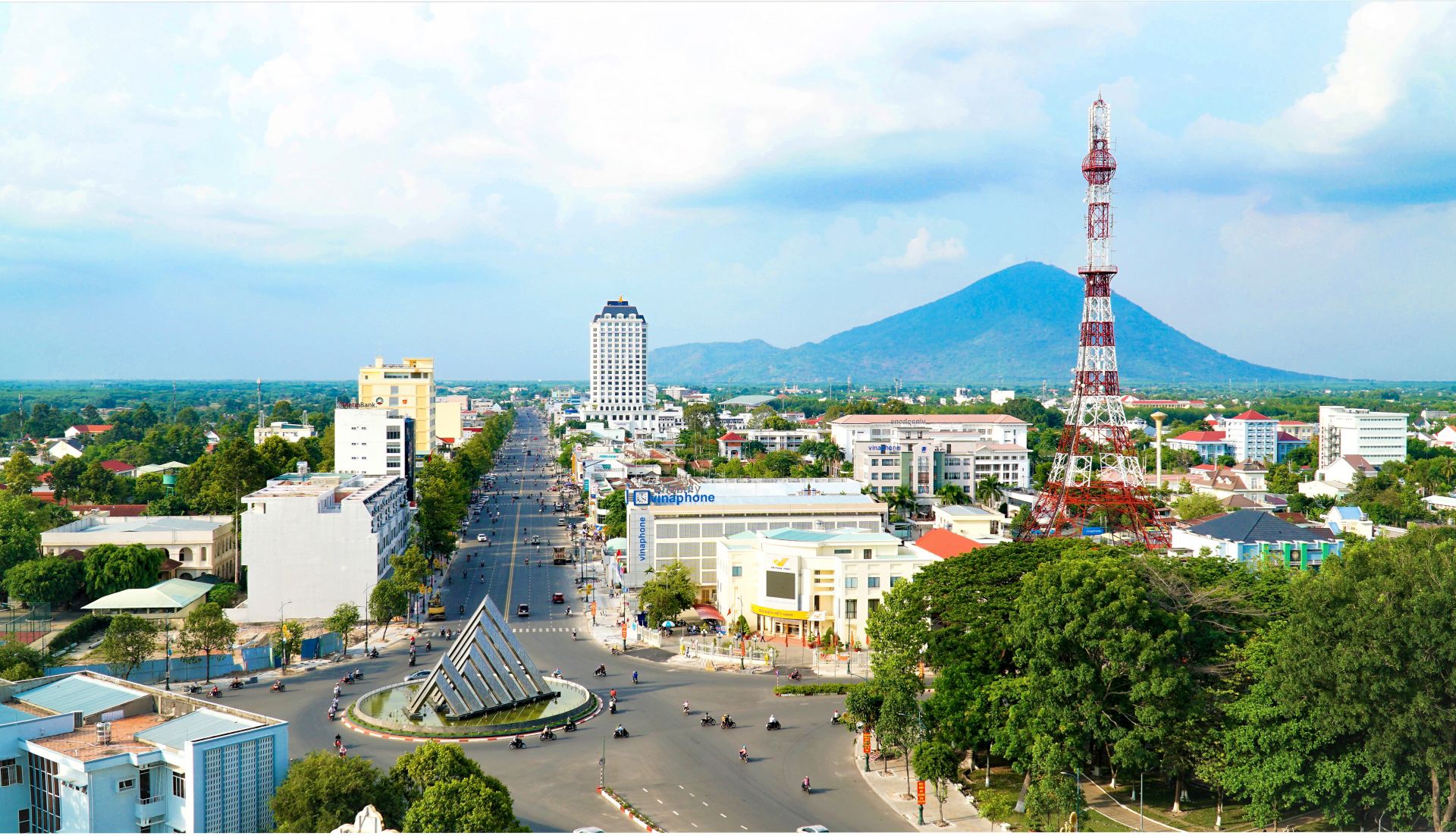
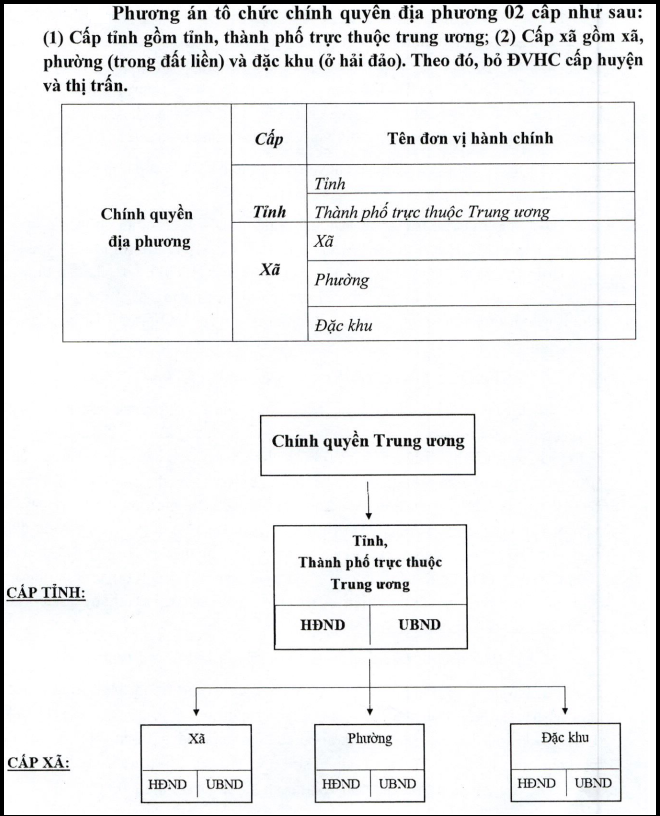
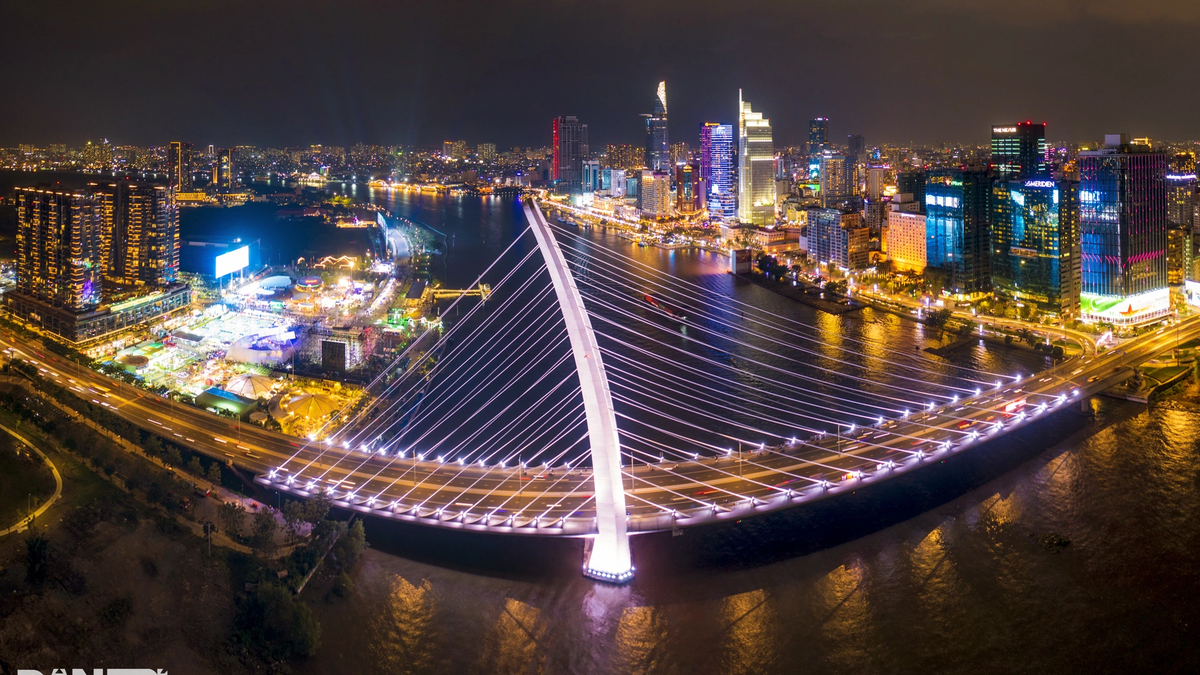
![[Photo] Nghe An: Bustling atmosphere celebrating the 50th anniversary of Southern Liberation and National Reunification Day](https://vphoto.vietnam.vn/thumb/1200x675/vietnam/resource/IMAGE/2025/4/29/64f2981da7bb4b0eb1940aa64034e6a7)
![[Photo] Hanoi is brightly decorated to celebrate the 50th anniversary of National Reunification Day](https://vphoto.vietnam.vn/thumb/1200x675/vietnam/resource/IMAGE/2025/4/29/ad75eff9e4e14ac2af4e6636843a6b53)
![[Photo] Ho Chi Minh City: People are willing to stay up all night to watch the parade](https://vphoto.vietnam.vn/thumb/1200x675/vietnam/resource/IMAGE/2025/4/29/cf71fdfd4d814022ac35377a7f34dfd1)
![[Photo] General Secretary attends special art program "Spring of Unification"](https://vphoto.vietnam.vn/thumb/1200x675/vietnam/resource/IMAGE/2025/4/29/e90c8902ae5c4958b79e26b20700a980)
![[Photo] Ho Chi Minh City residents "stay up all night" waiting for the April 30th celebration](https://vphoto.vietnam.vn/thumb/1200x675/vietnam/resource/IMAGE/2025/4/30/560e44ae9dad47669cbc4415766deccf)
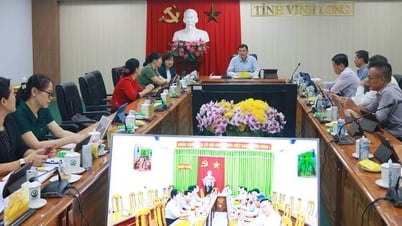
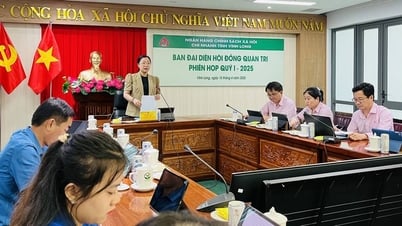


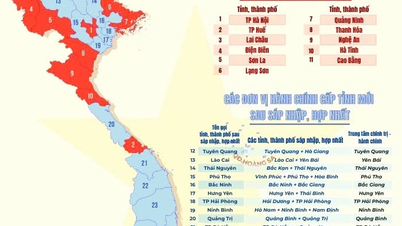






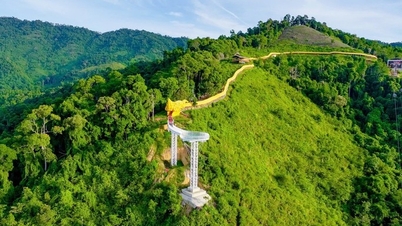




![[Photo] Prime Minister Pham Minh Chinh meets to prepare for negotiations with the United States](https://vphoto.vietnam.vn/thumb/1200x675/vietnam/resource/IMAGE/2025/4/29/76e3106b9a114f37a2905bc41df55f48)



































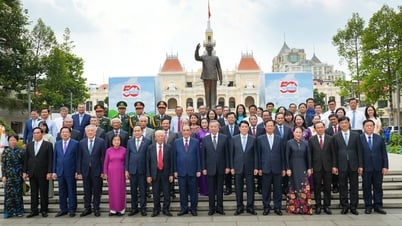














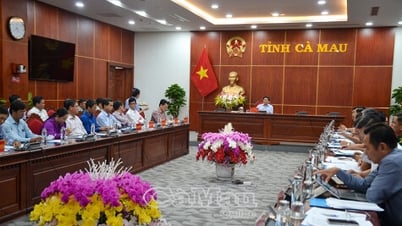

















Comment (0)